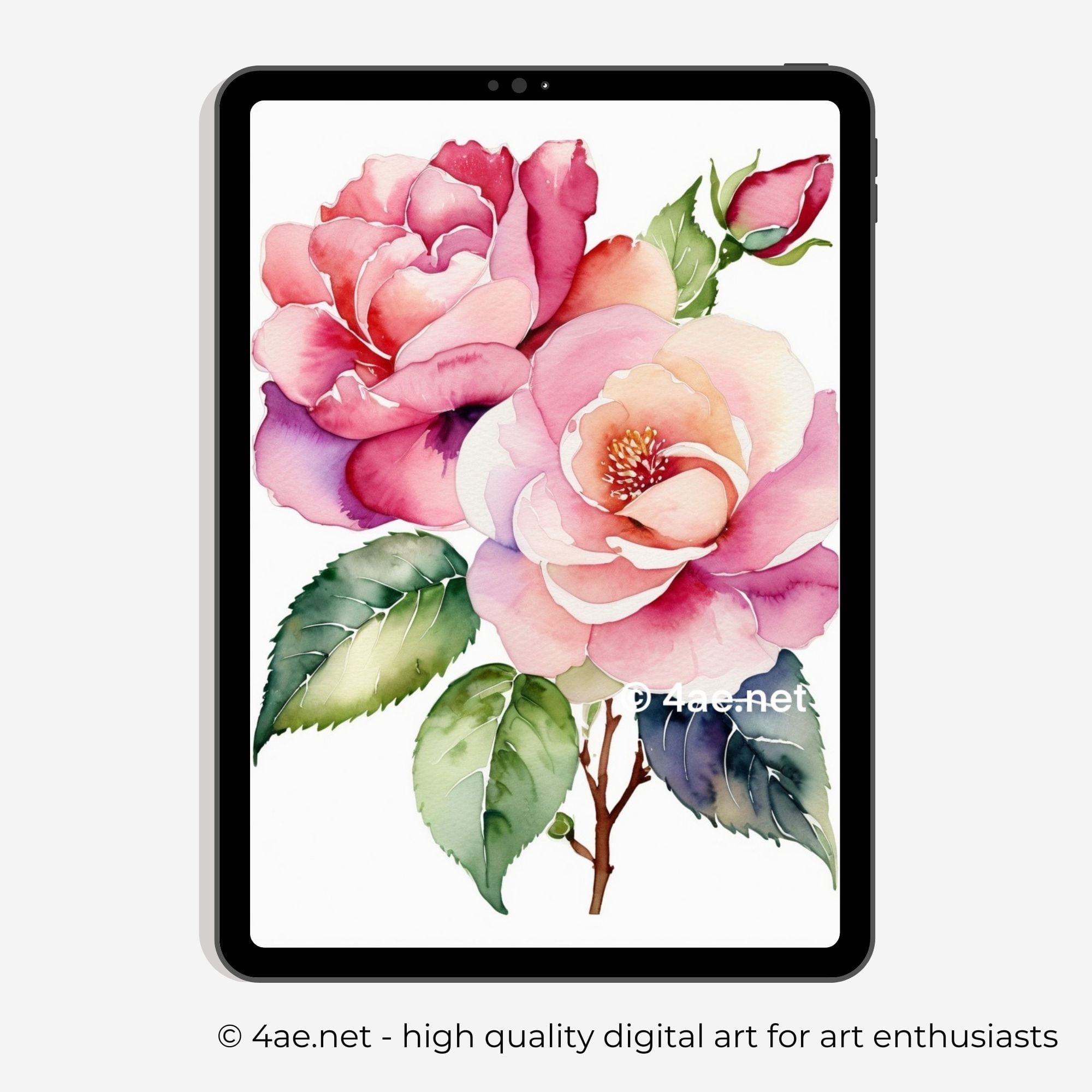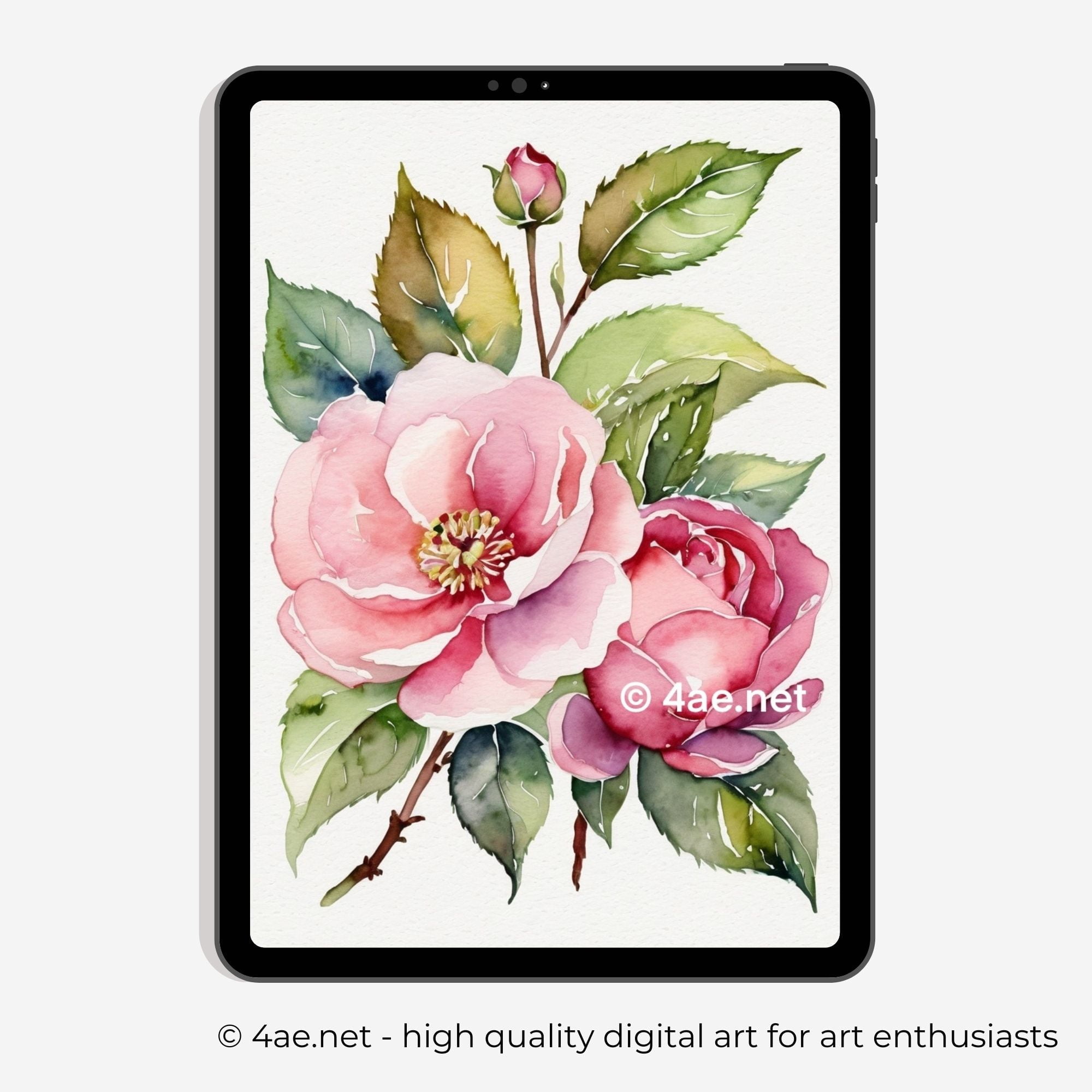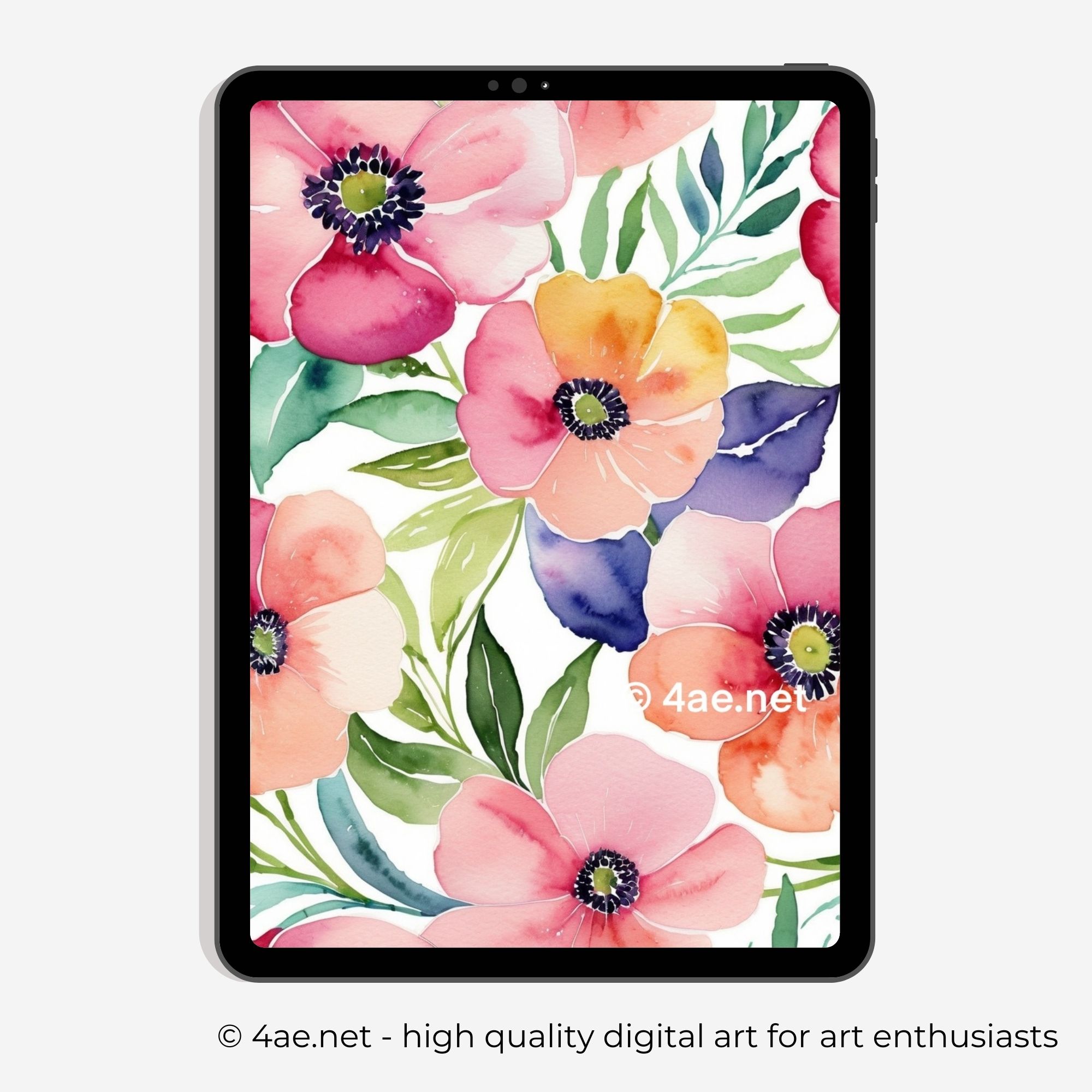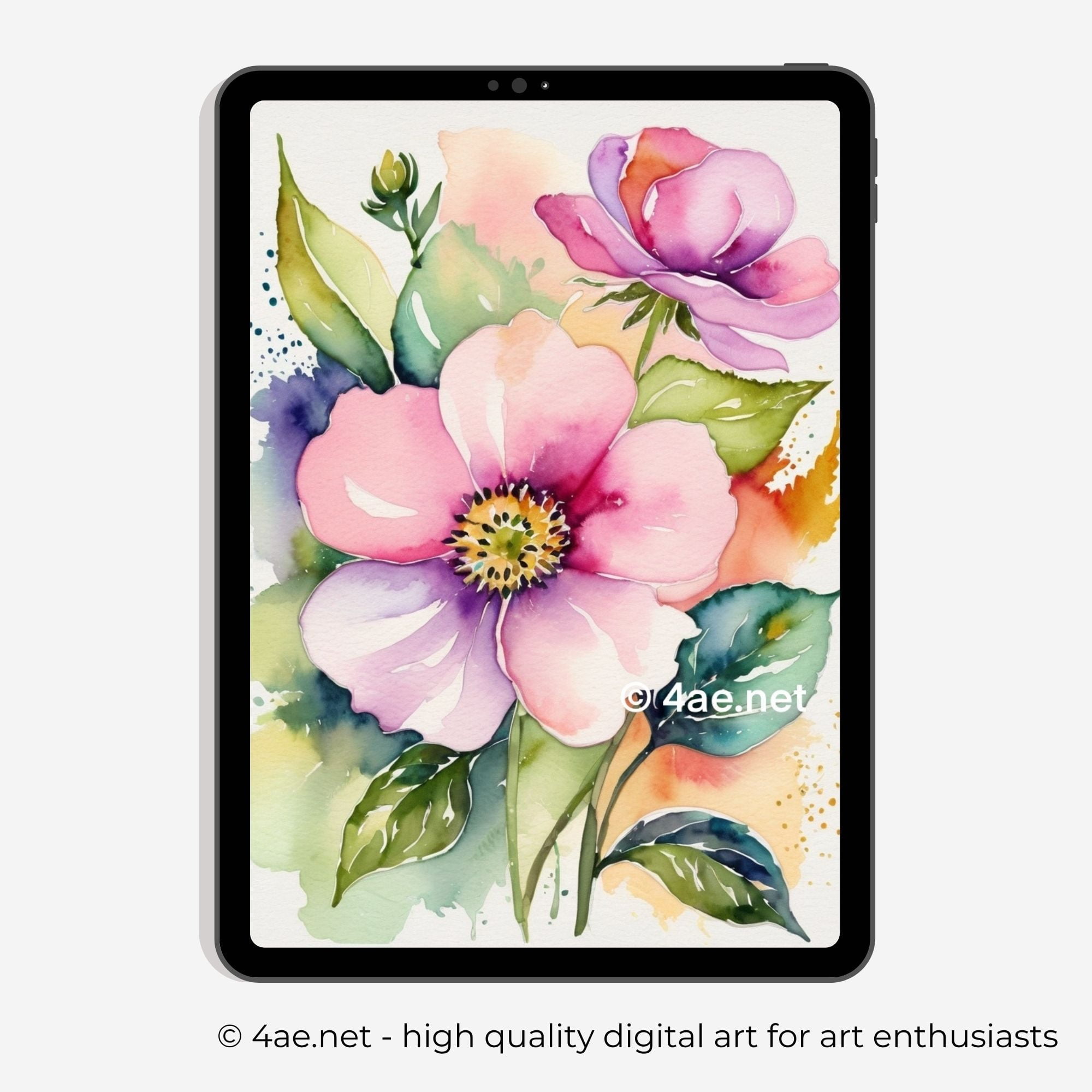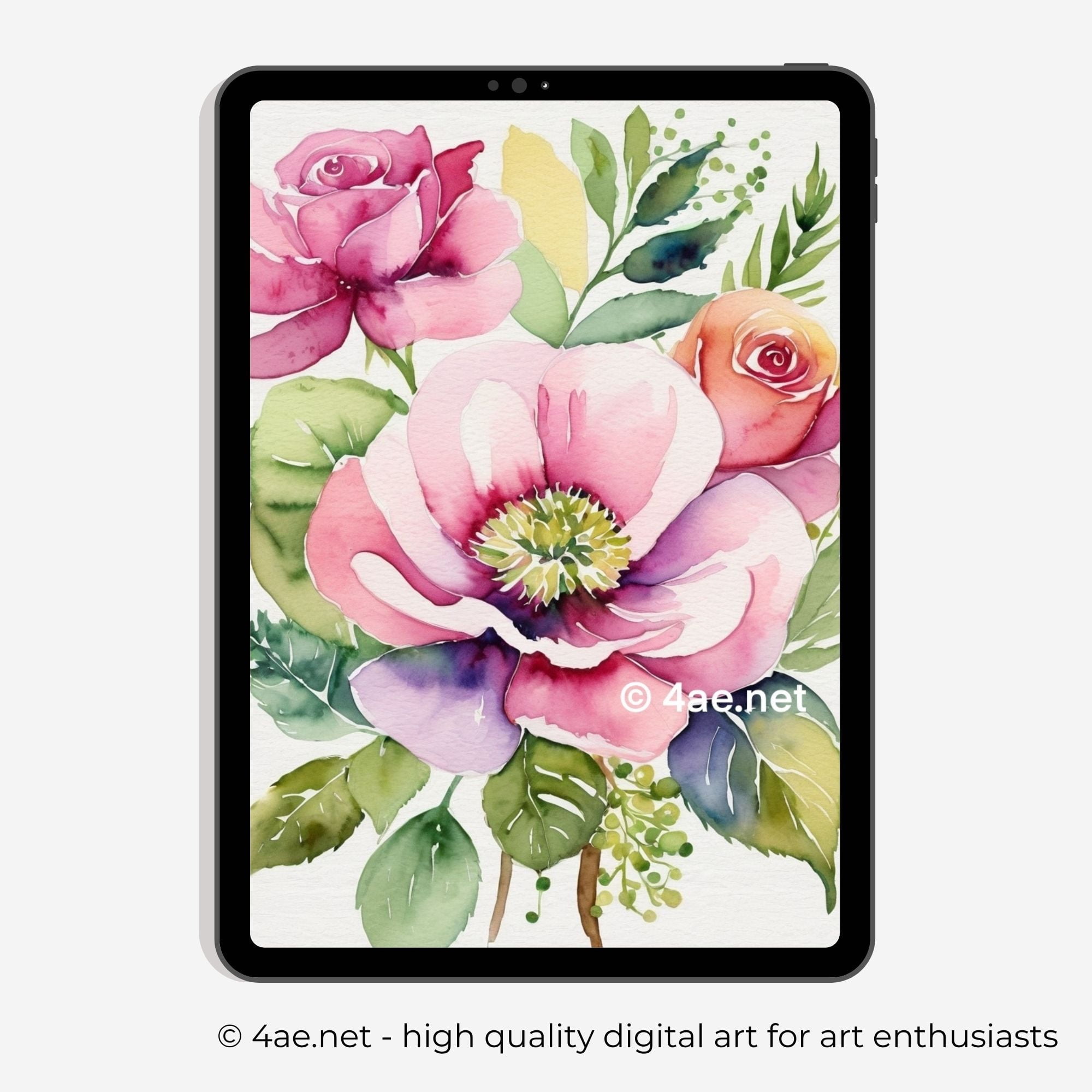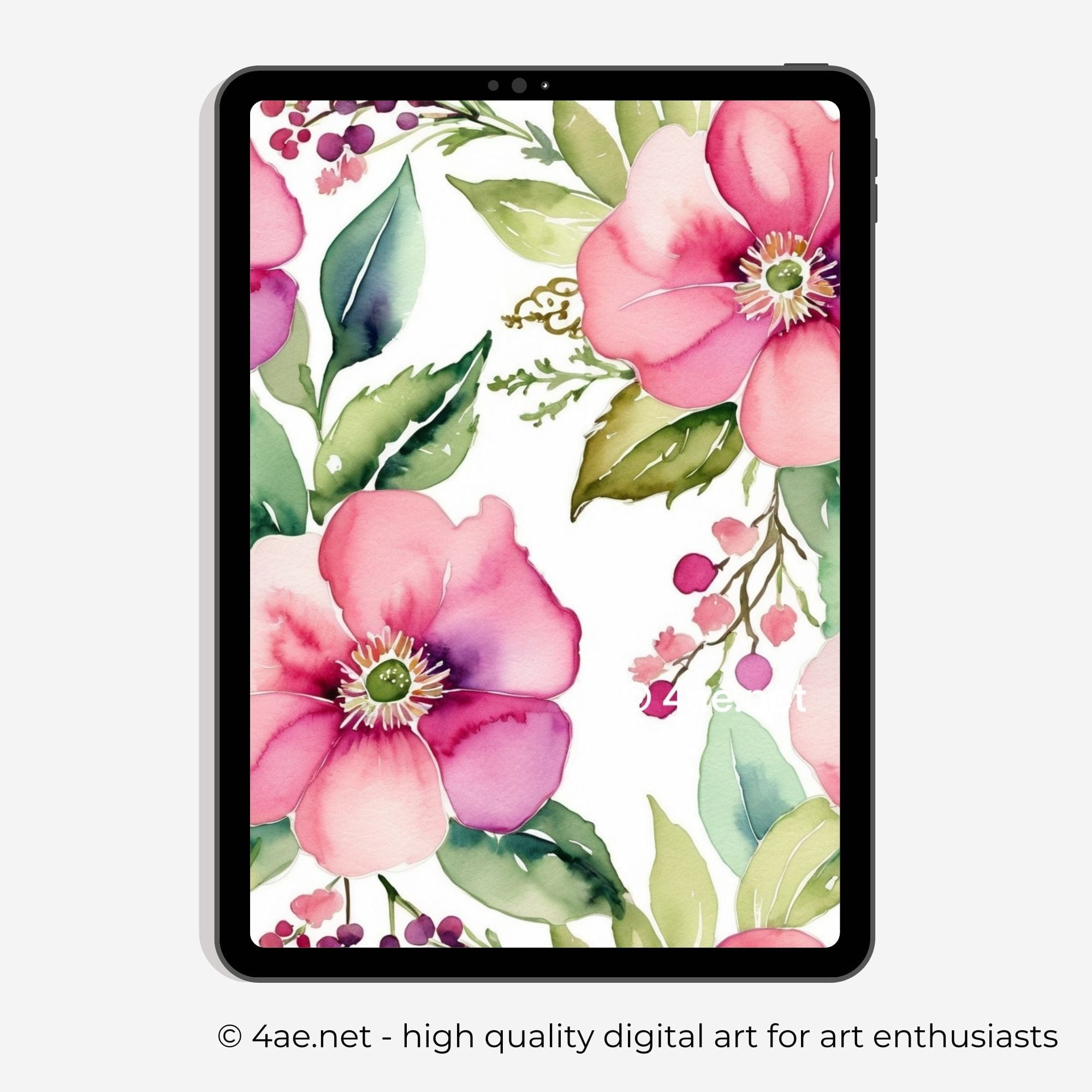Colors are not just visual elements; they carry cultural meanings and symbolism that vary widely across different societies and traditions. From ancient rituals to modern-day customs, the significance of colors can reveal deep insights into the values, beliefs, and identities of various cultures. In this exploration, we will delve into the cultural significance of different colors around the world, examining the associations they hold with traditions, customs, and beliefs. Additionally, we will showcase examples of wallpapers that reflect cultural preferences and color symbolism.

What Does the Color Red Symbolize?
The red color symbolizes Passion, Luck, and Vitality.
In many cultures, red is a color that holds significant cultural and symbolic meaning. In Chinese culture, red symbolizes good fortune, happiness, and prosperity. It is often used in traditional celebrations such as weddings, New Year festivities, and other auspicious occasions. Red is also associated with passion and vitality in Western cultures, representing love, courage, and strength. In Indian culture, red is often worn by brides as it symbolizes fertility, sensuality, and new beginnings.
Example Wallpaper: A vibrant red wallpaper featuring traditional Chinese symbols of luck and prosperity, such as the dragon and phoenix, evokes the festive spirit of Chinese celebrations.

What Does the White Color Symbolize?
The white color symbolizes Purity, Peace, and Mourning.
White holds diverse meanings across different cultures. In Western cultures, white is often associated with purity, innocence, and cleanliness. It is commonly used in weddings to symbolize the bride’s purity and the beginning of a new life together. In many Asian cultures, however, white is the color of mourning and is associated with death and funerals. In Japan, for example, white is worn by mourners and is used in funeral rituals to honor the deceased.
Example Wallpaper: A minimalist white wallpaper with delicate floral motifs represents purity and simplicity, reflecting the Western ideal of innocence and cleanliness.

What Does the Blue Color Symbolize?
The blue color symbolizes Spirituality, Tranquility, and Protection.
Blue is a color that holds spiritual significance in many cultures. In Hinduism, blue is associated with the god Krishna, symbolizing divinity, wisdom, and protection. In Islamic culture, blue is often used in decorative art and architecture, representing heaven, spirituality, and transcendence. In Western cultures, blue is associated with tranquility, serenity, and peace, evoking the calming qualities of the sky and the sea.
Example Wallpaper: A blue wallpaper featuring intricate Islamic geometric patterns reflects the spiritual symbolism of the color blue and adds a sense of elegance and sophistication to the space.

What Does the Yellow Color Symbolize?
The yellow color symbolizes Happiness, Prosperity, and Royalty.
Yellow is a color that is often associated with happiness, prosperity, and royalty in various cultures. In China, yellow was historically reserved for the emperor and symbolized power, wealth, and authority. Today, yellow is associated with good fortune, luck, and happiness in Chinese culture. In Western cultures, yellow is often associated with sunshine, warmth, and joy, evoking feelings of optimism and cheerfulness.
Example Wallpaper: A luxurious yellow wallpaper featuring ornate gold patterns and motifs reminiscent of Chinese imperial designs embodies the opulence and prosperity associated with the color yellow.

What Does the Green Color Symbolize?
The green color symbolizes Growth, Harmony, and Renewal.
Green holds symbolic significance in many cultures, representing growth, harmony, and renewal. In Islamic culture, green is considered the color of paradise and is associated with fertility, prosperity, and life. In Western cultures, green is often associated with nature, vitality, and growth, symbolizing the rejuvenating qualities of springtime and new beginnings.
Example Wallpaper: A lush green wallpaper featuring vibrant botanical prints and motifs celebrates the beauty of nature and the abundance of life, creating a sense of harmony and vitality in the space.

What Does the Orange Color Symbolize?
The orange color symbolizes Vitality, Creativity, and Adventure.
Orange is a color that exudes warmth, energy, and enthusiasm, evoking images of sunshine, citrus fruits, and autumn leaves. In Hinduism, orange is associated with spirituality and renunciation, often worn by monks and ascetics as a symbol of their devotion to the divine. In Western cultures, orange is commonly associated with vitality, creativity, and adventure, making it a popular choice for sports teams, outdoor gear, and branding.
Example Wallpaper: An orange wallpaper featuring bold geometric patterns reflects the adventurous spirit of the color orange and infuses the space with energy and excitement. Orange wallpapers for tablets and for phones.

What Does the Pink Color Symbolize?
The pink color symbolizes Femininity, Tenderness, and Romance.
Pink is a color often associated with femininity, sweetness, and affection, evoking feelings of tenderness, compassion, and romance. In Western cultures, pink is traditionally associated with baby girls and is often used in clothing, toys, and decor for infants. However, the cultural significance of pink is not limited to gender stereotypes, as it is also associated with love, compassion, and kindness. In Japan, for example, cherry blossoms—a symbol of fleeting beauty and the transient nature of life—are often depicted in shades of pink, representing the ephemeral beauty of nature.
Example Wallpaper: A pink wallpaper featuring delicate floral motifs evokes the romantic charm of springtime and adds a touch of femininity and elegance to the space. More pink phone wallpapers is here.
In conclusion, the cultural significance of colors extends far beyond their aesthetic appeal, revealing profound insights into the values, beliefs, and identities of different societies. Whether it’s the auspicious red of Chinese celebrations, the purity of white in Western weddings, or the spiritual symbolism of blue in Islamic art, colors serve as powerful symbols that connect individuals to their cultural heritage and traditions. By incorporating culturally significant colors into wallpaper designs, designers can create spaces that resonate with people’s cultural identities and enrich their lived experiences.

